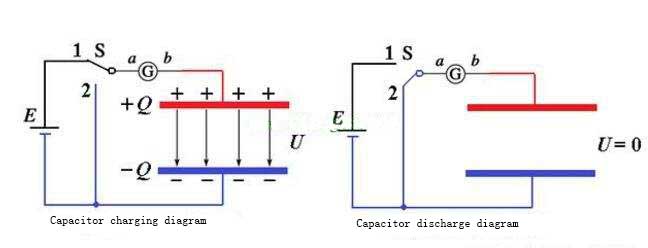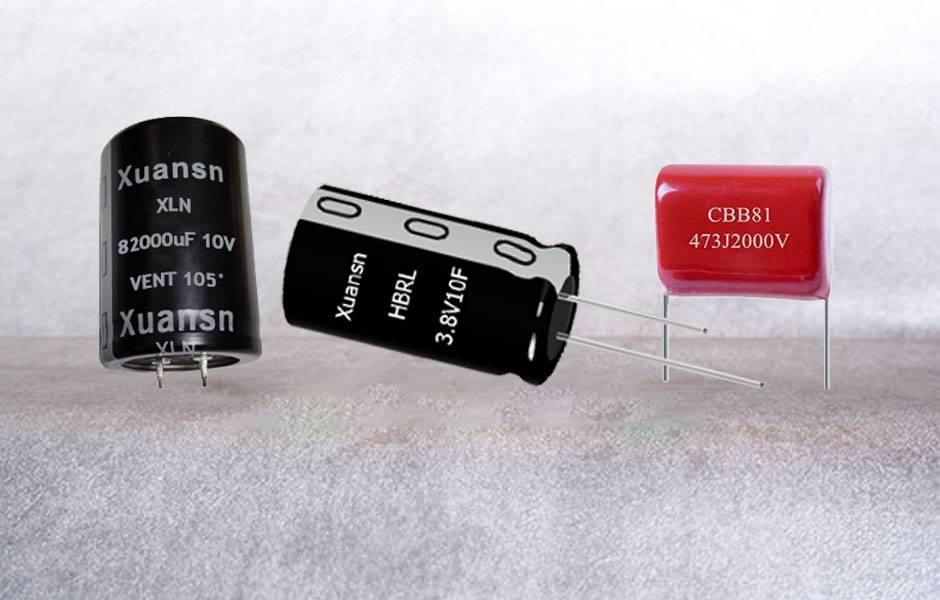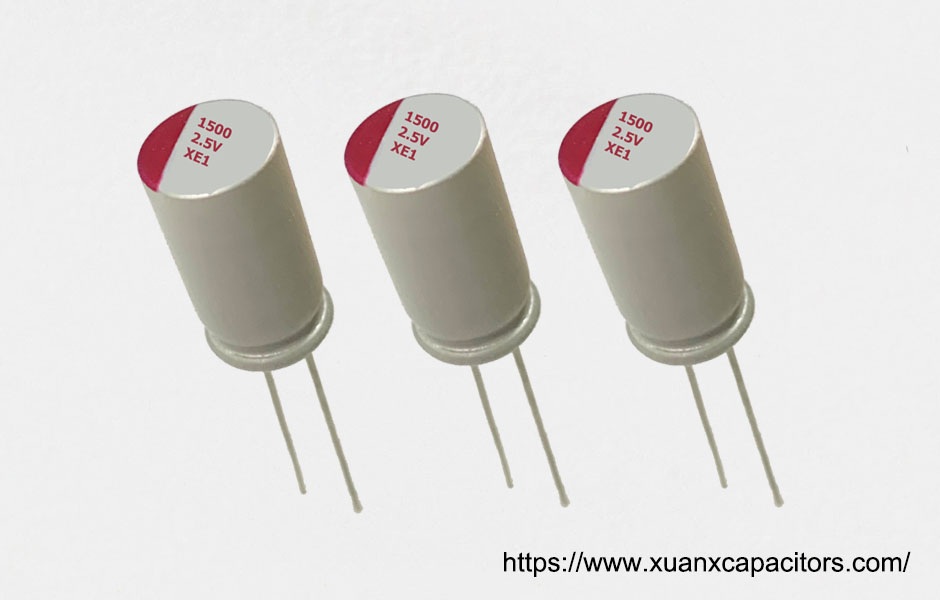The principle of Electrolytic Capacitor leakage current is because the capacitor dielectric is not a complete insulator. When a DC voltage is applied to the capacitor, a leakage current will be generated in the capacitor.
The capacitor leakage current is too large, and the capacitor will be heated and burned. Generally, electrolytic capacitors have higher leakage currents than other types of capacitors. Therefore, the common leakage current indicates the insulation performance of the electrolytic capacitor. Regarding the leakage resistance of the capacitor: Because the dielectric between the two poles of the capacitor is not an absolute insulator, the resistance is not infinite, but a finite value, with an accuracy of up to 534kΩ, 652kΩ. The resistance between the two poles of a capacitor is called insulation resistance, also known as leakage resistance, and its size is the ratio of the DC voltage at the rated operating voltage to the leakage current through the capacitor. The smaller the capacitor leakage resistance, the more severe the leakage. Capacitor leakage can cause energy loss. This loss not only affects the life of the capacitor, but also the instructions of the circuit. Therefore, the larger the leakage resistance of the capacitor, the better.





